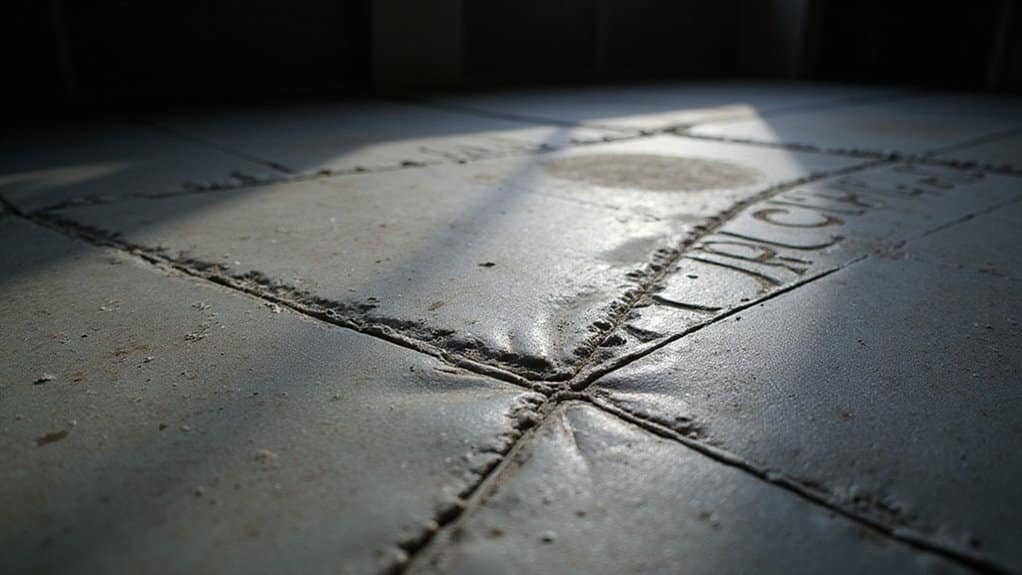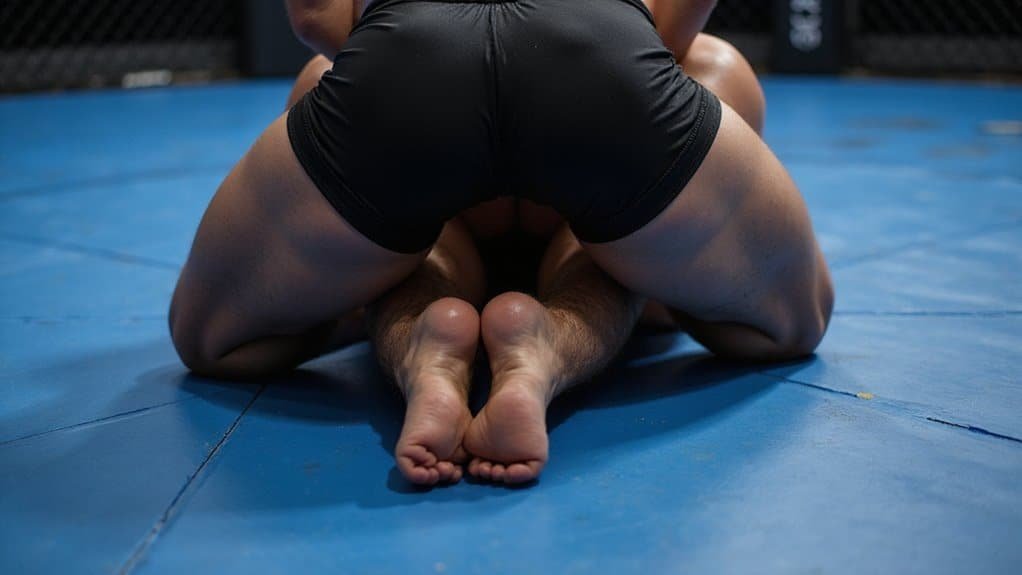The guard is a fundamental ground position where a fighter lies on their back and uses their legs to control an opponent positioned between them. This seemingly disadvantageous position transforms into a strategic battlefield through variations like closed guard, open guard, and butterfly guard. Bottom fighters use the guard to defend against strikes, break their opponent’s posture, and launch submission attempts, including triangles, armbars, and chokes. Understanding the intricate dynamics of guard work reveals how technical mastery converts defensive scenarios into offensive opportunities.

Wrestling dominates the takedown game, but once the fight hits the mat, the guard becomes the most complex battlefield in mixed martial arts. This position places one fighter on their back, using legs, hips, and strategic body positioning to control an opponent positioned above them. While appearing disadvantageous, the guard serves as both shield and launching pad for the bottom fighter’s offensive arsenal.
The guard’s primary function is defensive—creating barriers against devastating ground and pound strikes while maintaining pathways for counterattacks. Brazilian Jiu-Jitsu’s influence brought this position from grappling mats into the octagon, where early UFC events showcased its effectiveness. However, MMA’s striking component demands constant adaptation of traditional guard strategies.
Multiple guard variations serve different tactical purposes. The closed guard locks both legs around the opponent’s waist, providing maximum control over posture and movement. Open guard variants enable more dynamic positioning, allowing fighters to use their feet and hooks to manipulate distance and create attacking angles. The butterfly guard utilizes foot hooks inside the opponent’s thighs to facilitate sweeps and rapid position changes. Half guard traps one leg between both of the opponent’s legs, offering recovery paths back to full guard or direct sweep opportunities.
The central battle revolves around posture control. Top fighters strive to maintain a strong, upright position that enables powerful strikes and effective guard passing attempts. Bottom fighters constantly work to break this posture, pulling opponents down to neutralize striking power and create submission opportunities. This ongoing struggle determines whether the guard becomes a defensive refuge or an offensive launching point.
Guard retention represents another critical element, as bottom fighters must prevent their opponents from advancing to more dominant positions, such as side control or mount. Meanwhile, top fighters concentrate on methodical guard passing while delivering calculated ground strikes. The threat of submissions—triangles, armbars, and various chokes—forces top fighters to respect the bottom position despite their apparent advantage.
Modern MMA has evolved far beyond the basic closed guard dominance of early competitions. Fighters now employ specialized variants, such as high guard and rubber guard, for specific submission setups. However, traditional sport BJJ guards require significant modification for MMA contexts, as strikes make certain open guard positions dangerously exposed. Practical assessment requires evaluating positions based on their damage capability and the energy expenditure needed to maintain them.
The guard transforms disadvantage into opportunity through technical precision and strategic thinking. Active guard play prevents referee standups while creating scoring chances through sweeps and submission attempts. Proper grip fighting enables the bottom fighter to control the opponent’s hands and positioning for effective guard management. When strikes land, the bottom fighter must master the art of realistic reaction to demonstrate the impact while maintaining composure and guard retention.
This position demonstrates that in mixed martial arts, being on your back doesn’t necessarily mean being beaten—it might mean being perfectly positioned to win.
Defensive Ground Position Frequently Asked Questions
What Are the Most Common Mistakes Beginners Make When Playing Guard?
Beginners frequently break their knee-to-elbow connection when reaching, exposing themselves to passes. They sit flat without active frames, reducing mobility and defensive options.
Arms stay extended from the body, inviting arm drags and armbars. Poor hip movement during submissions makes attacks ineffective. They cross their ankles in closed guard, creating vulnerabilities to ankle locks.
Overcommitting to strength-based techniques replaces proper technical execution and strategic positioning.
How Do You Prevent Getting Your Guard Passed by Stronger Opponents?
Defending against more vigorous opponents requires technical precision over raw power.
Maintain persistent grips on sleeves and lapels while using frames to create distance.
Keep hips mobile with constant angle changes and shrimping movements.
Place your feet strategically on your hips and shoulders to disrupt your balance.
Execute immediate positional escapes when passes begin, preventing opponents from consolidating control through superior strength.
Which Guard Variations Work Best for Shorter Fighters Against Taller Opponents?
Closed guard proves most effective for shorter fighters against taller opponents, offering superior distance control and neutralizing reach advantages.
The butterfly guard provides excellent leverage for sweeps, utilizing the lower center of gravity.
The deep half guard allows smaller fighters to get underneath their opponents, while open guard variations, such as De La Riva, maximize mobility.
These positions collectively exploit height disadvantages by creating angles and limiting opponent posturing opportunities.
How Often Should You Drill Guard Retention Techniques During Training?
Fighters should drill guard retention techniques 3-4 times per week for ideal skill development. This frequency balances learning with recovery, preventing overtraining while building muscle memory.
High-level competitors may practice daily, but recreational athletes benefit more from consistent spacing between sessions. Guard retention drilling must be integrated with other MMA skills, rather than isolated training, to ensure holistic development without burnout or injury.
What Conditioning Exercises Specifically Improve Guard Endurance and Flexibility?
Fighters develop guard endurance through high-repetition bodyweight squats, reverse lunges, and five-minute chin-up intervals that build grip stamina.
Rope climbing strengthens upper body control while adductor-focused movements address constant squeezing demands.
Flexibility improves through dynamic hip mobility warm-ups, yoga-based stretches that target hip openers, and active isolated stretching.
Functional movements like heavy squats, core stabilization exercises, and partner circuits with high work-to-rest ratios simulate fight-specific conditioning requirements effectively.

